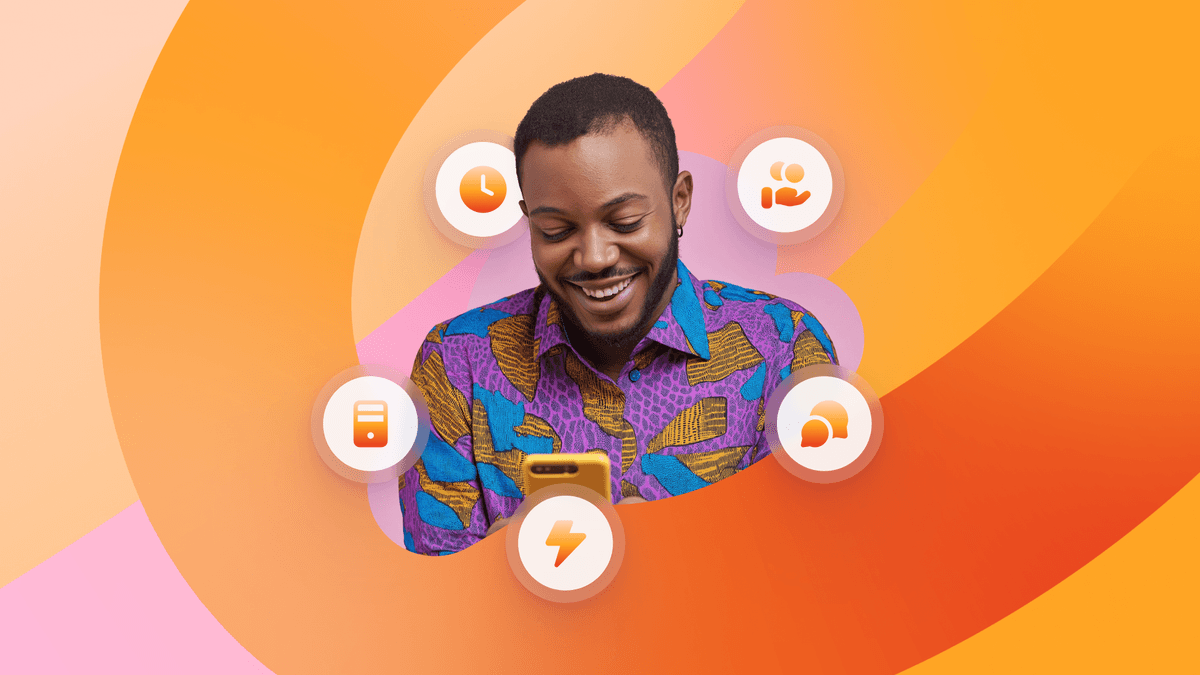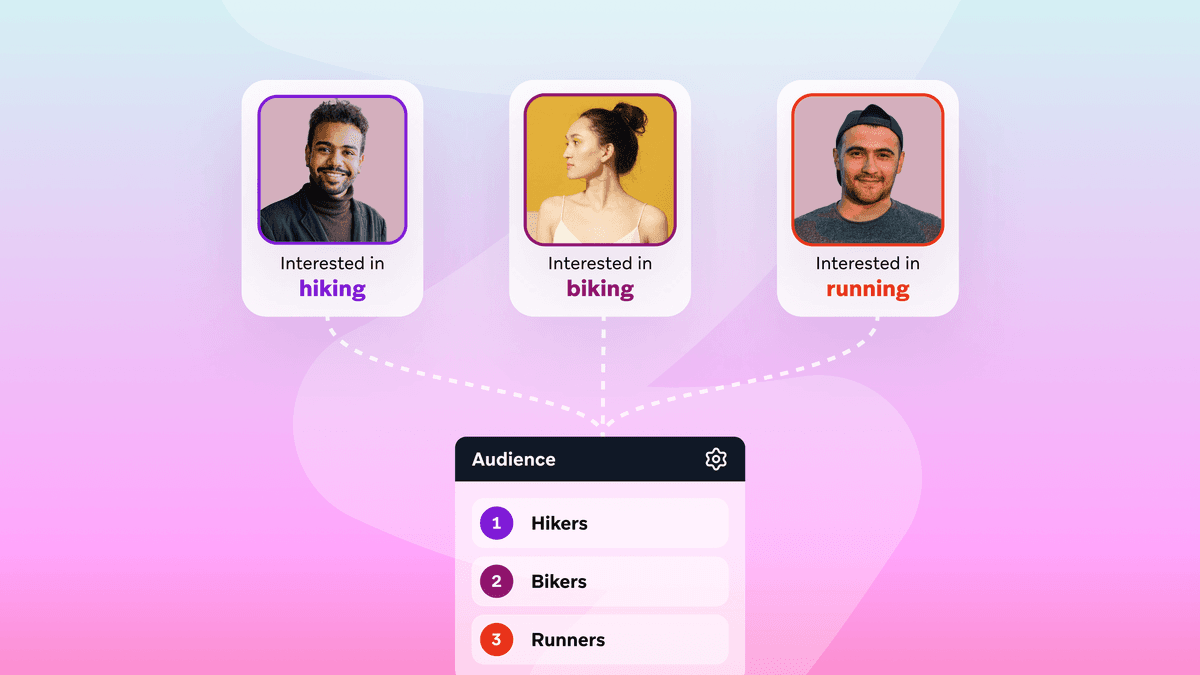Location Marketing Tips from Discovery and Lollapalooza
Published on June 10, 2016/Last edited on June 10, 2016/5 min read


Team Braze
What is location-based targeting in marketing? In the most simple terms, it’s when a brand adjusts customer outreach based on the physical location of each recipient. This can mean targeting search ads to a specific city, or sending a push notification when an app user crosses a geofence. On the one hand, studies show that we can be a bit creeped out that brands know where we are all the time. On the other, we respond to this type of personalization as consumers: location targeted marketing has the potential to double the impact of ads such as paid search campaigns, and some studies suggest that 70% of consumers would happily share their data if it means they can take advantage of a discount.
The key is to find value-driven, personalized ways to make use of location-based marketing tech that doesn’t make users want to don tin foil hats.
An xAd study showed that by 2015, 80% of brands were already geo-targeting customers. While retail brands are still the most likely to be targeting customers based on location, there are fun, useful, and non-creepy options for entertainment brands, too.
What mobile marketers are doing now
Brands like Uber and Grindr tapped into location services early on in the technology’s evolution. Users of those and similar apps knowingly give consent by downloading and engaging with the app. To use the app is to necessarily say, here’s my physical location, and I want to connect with this service to find other people nearby or to catch a cab as quickly as possible.
Retail app users, on the other hand, download an app because they want to shop, get coupons, or stay in touch with a company for a variety of reasons. They don’t necessarily want a company knowing their every move inside a shop, or where they might go after they leave the shop. Even if they opt in while shopping, as Ford customers might on a car lot, for example, it means they likely wish to receive information while they’re shopping, and have that particular mobile experience end when they walk off the lot. A consumer has a right to question whether that geo-targeting app might follow them into the rest of their lives. Likewise, customers might wish to receive a soda coupon in a movie theater, but do they want cola ads popping up on their phones out of context in the days to follow every time they pass a cola kiosk, service station, or bodega? Probably not. (The industry calls this move “proximity retargeting.”)
Entertainment customers and users, on the other hand, are fans. If they’ve downloaded your app, it’s because they want to stay connected with your content. As a media brand, there are opportunities to put location information to good use without exploiting the user’s desire to stay in the know. Let’s look at some examples.
The Discovery Channel app stays time-zone sensitive
Appboy client, Discovery Channel, uses location targeting to send messages about shows and related content by time zone.
For example, an east coast audience might receive a message about a show premier. Three hours later, when it makes the most sense for them, their west coast counterparts receive the same notification for the same premier.

Or, if there’s breaking news at 9pm Pacific Time, only the west coast will get the message in the moment, while the message for east coast users will be scheduled for some time the following morning, so east coasters don’t get a message in the middle of the night.
Simple, straightforward, and effective.
The Zac Brown Band raised awareness and money for charity
The Zac Brown Band held a 9/11 charity concert at Wrigley Field in 2015. Proceeds for the concert were going to Warriors to Summits, a non-profit devoted to veterans and servicemembers with disabilities. But why stop there?
In alignment with a geo-marketing brand, physical beacons were placed throughout Wrigley Field that enabled concert goers within beacon-range to receive a push notification that prompted them to open the band’s app, where they could contribute easily to the day’s charity of choice.
This experience demonstrated the ease of transition from a traditionally retail-based technology to a concert setting, specific to one band’s goals on a given day, in a given place.
A super quick primer on beacons: they’re low-energy bluetooth devices, more efficient and precise than GPS, that are able to broadcast data to nearby devices. Apps on phones, tablets, and wearables are on the lookout for beacons, and when one presents, a relevant app will pick up whatever information the beacons are broadcasting, and the brand’s marketing software will send whatever message is setup to send at that trigger.
Lollapalooza all but live streamed its 2015 event
Lollapalooza, the popular music festival, tapped Facebook’s “Place Tips” tool to place beacons in high-traffic areas of their 2015 concert venue. During the festival, fans were able to browse Lollapalooza Place Tips to post and share their experience, and friends and fans at home were able to see those posts from their friends who were there. It became, essentially, a bluetooth and gps-enabled live stream of the event.

Image via Facebook
Finding the balance in location marketing
Marketers in all industries have an opportunity to use this new technology for the benefit of everyone, but how far is too far? That’s not a rhetorical question, but it’s one for you and your brand to answer for itself.
Location marketing can best enhance mobile strategy by making the user experience better, faster, and easier, so folks can get what they want most from your brand. Where’s the balance, for your brand, in helping your customers stay connected with their devices?
Be Absolutely Engaging.™
Sign up for regular updates from Braze.



